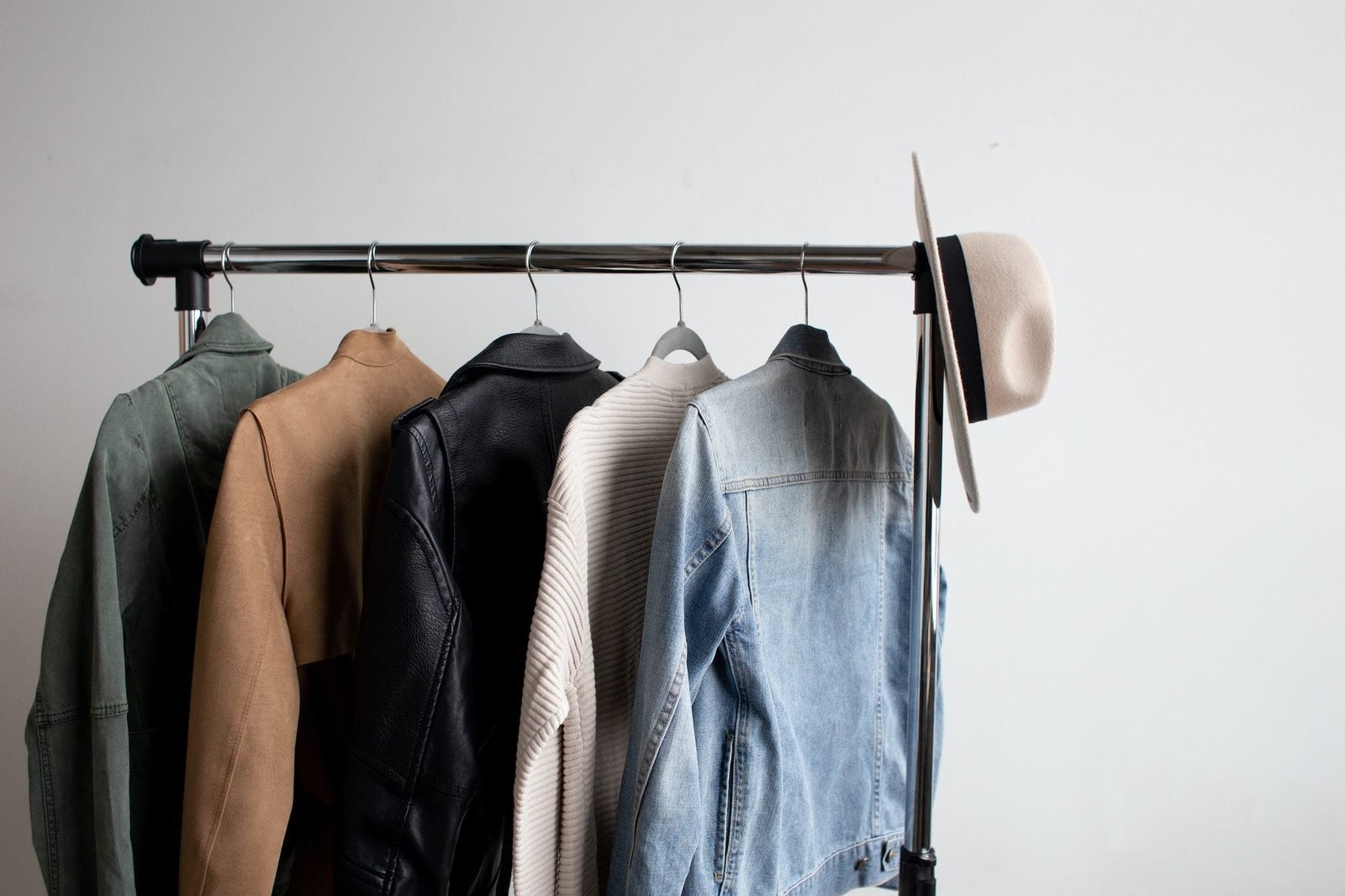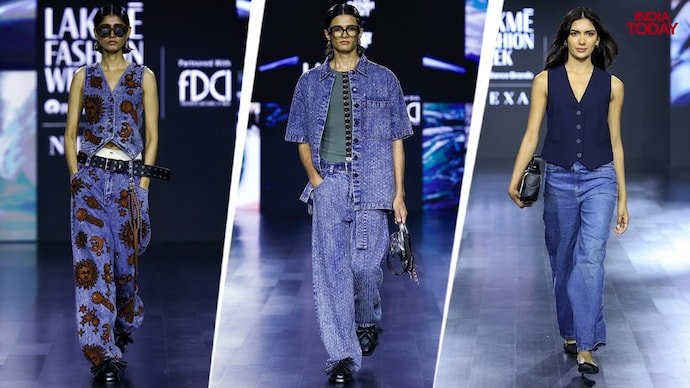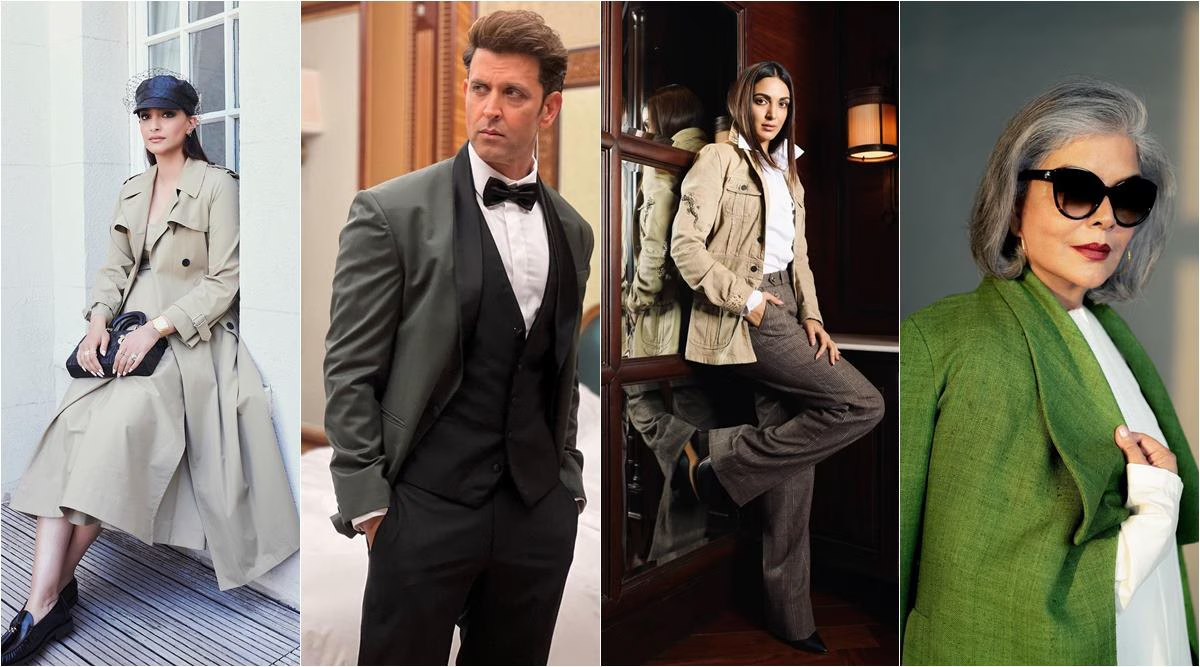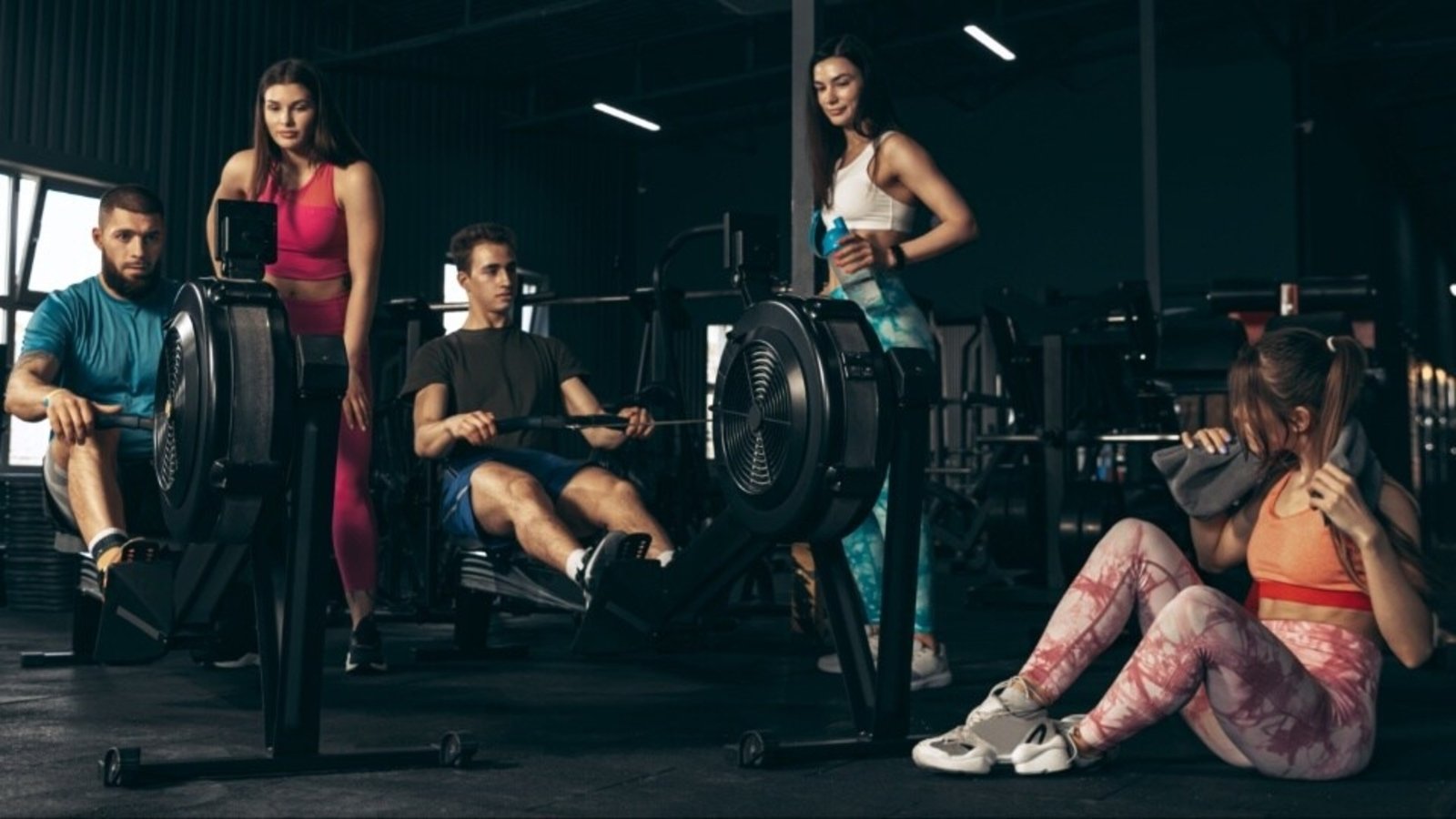Social media has revolutionized the fashion industry, transforming how trends are created, shared, and adopted. From Instagram influencers to TikTok viral challenges, fashion is now more dynamic, accessible, and fast-paced than ever before. Consumers no longer wait for fashion magazines or runway shows to dictate style—social media platforms now serve as real-time trendsetters. In this article, we explore how social media is shaping modern fashion trends and changing the way people engage with style.
1. The Rise of Influencer-Driven Fashion
Influencers have replaced traditional celebrities as the primary trendsetters in fashion. With millions of followers, fashion influencers and bloggers can popularize new styles overnight.
How Influencers Shape Fashion:
- Collaborate with brands to launch exclusive collections
- Showcase daily outfit inspirations, making trends more relatable
- Drive demand for specific products through viral posts and videos
2. TikTok and the Acceleration of Microtrends
TikTok has become a powerhouse for fashion trends, with microtrends gaining popularity at unprecedented speeds. What was once a seasonal trend cycle has now shortened to mere weeks, thanks to viral fashion challenges and short-form videos.
Examples of TikTok-Driven Trends:
- The rise of “coastal grandmother” and “clean girl” aesthetics
- Hauls and “get ready with me” (#GRWM) videos influencing purchasing decisions
- Reviving past fashion trends, such as Y2K and ‘90s grunge styles
3. Instagram: The Ultimate Digital Fashion Runway
Instagram continues to dominate as a visual-centric platform for fashion, where brands, designers, and individuals showcase their personal styles.
How Instagram Impacts Fashion:
- Street style and OOTD (Outfit of the Day) posts set global trends
- Fashion brands use Instagram Stories and Reels for product launches
- Direct shopping features enable users to buy items instantly
4. The Democratization of Fashion
Social media has made fashion more inclusive, allowing people from diverse backgrounds to influence trends. Users can now set trends based on personal expression rather than adhering to industry standards.
Ways Social Media Promotes Inclusivity:
- Greater representation of different body types, ethnicities, and gender identities
- Small and independent brands gaining visibility without needing big marketing budgets
- Everyday people becoming fashion icons through user-generated content
5. Fast Fashion and Social Media’s Role
The rapid trend cycles fueled by social media have led to increased demand for fast fashion. While this makes trendy clothing more accessible, it also raises concerns about sustainability.
The Impact of Social Media on Fast Fashion:
- Brands like Shein and Fashion Nova thrive due to viral trend-based marketing
- Consumers expect instant availability of trending items
- Growing criticism of waste and ethical concerns associated with fast fashion
6. The Rise of Sustainable and Ethical Fashion
While fast fashion is booming, social media is also fueling awareness about sustainability. Influencers and activists are using their platforms to educate audiences about ethical fashion choices.
How Social Media Supports Sustainable Fashion:
- Promotion of thrift shopping and secondhand fashion (#Thrifted, #SlowFashion)
- Ethical brands leveraging social media to build conscious consumer bases
- DIY and upcycling trends encouraging consumers to repurpose clothing
7. Social Media Challenges and Fashion Virality
Fashion challenges and viral trends have made social media an interactive experience. Participating in these challenges allows users to engage with fashion in a fun and creative way.
Popular Social Media Fashion Challenges:
- “10-Year Challenge” showcasing how personal style has evolved
- “Thrift Flip” challenges where users transform old clothes into trendy pieces
- “Outfit Dupe” trend where users recreate celebrity or designer looks on a budget
8. Direct-to-Consumer Fashion Brands Thriving Online
Social media has enabled small, independent fashion brands to reach global audiences without traditional retail channels. Many DTC (direct-to-consumer) brands rely solely on platforms like Instagram and TikTok for marketing and sales.
Success Stories:
- Emerging brands gaining millions of followers and converting engagement into sales
- Crowdfunding and pre-orders helping small businesses launch new designs
- Influencer collaborations driving visibility for niche brands
9. Augmented Reality (AR) and Virtual Fashion Trends
Technology is merging with fashion as AR and digital clothing become more mainstream. Brands and influencers are now experimenting with virtual fashion, allowing users to try on clothes digitally before purchasing.
Examples of AR in Fashion:
- Snapchat and Instagram filters that let users “try on” outfits
- Digital fashion collections existing only in the virtual world
- Brands offering NFTs and digital wearables for metaverse avatars
10. The Future of Fashion in the Social Media Age
As social media continues to evolve, its impact on fashion will only grow stronger. New platforms, technologies, and digital fashion innovations will shape the next generation of trends.
Predictions for the Future:
- AI-driven fashion recommendations based on user behavior
- Virtual influencers setting trends without physical presence
- More sustainable and slow fashion movements gaining traction online
Conclusion
Social media has completely transformed fashion, making it more dynamic, accessible, and fast-paced. From influencer marketing to TikTok trends, the digital space now dictates what’s in style. While social media has fueled the rise of fast fashion, it has also empowered sustainable fashion movements, independent designers, and everyday style influencers. As technology and social platforms evolve, so will fashion, ensuring that trends remain as exciting and ever-changing as the digital world itself.




